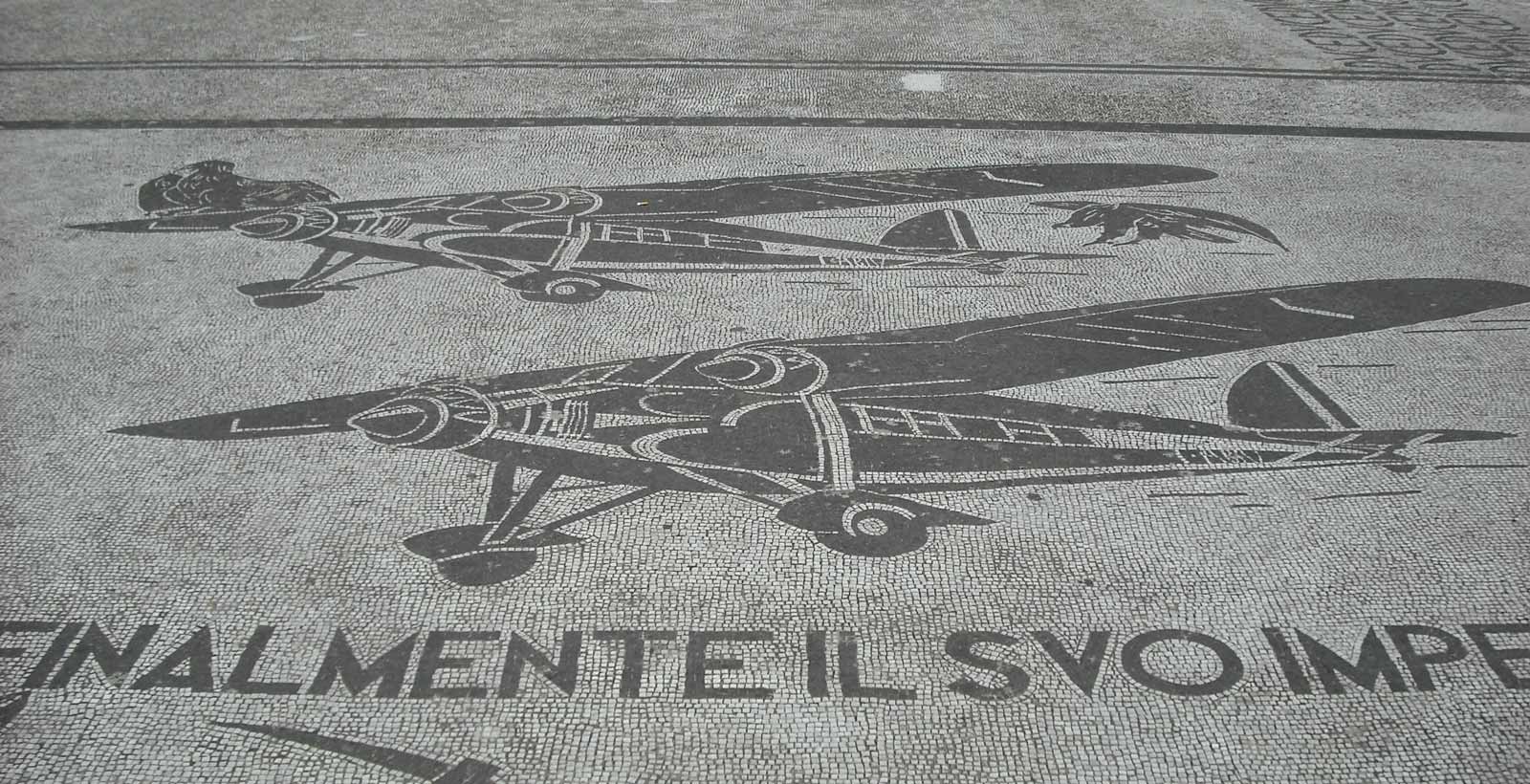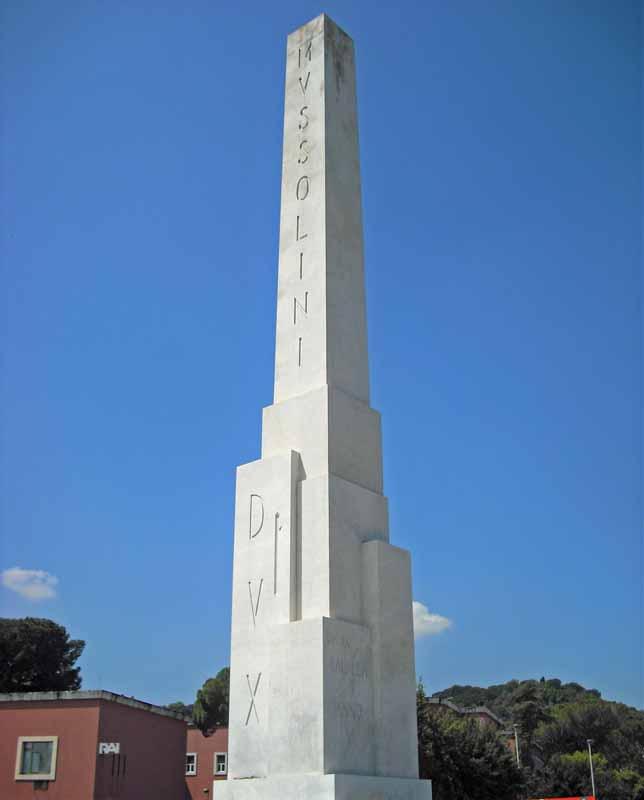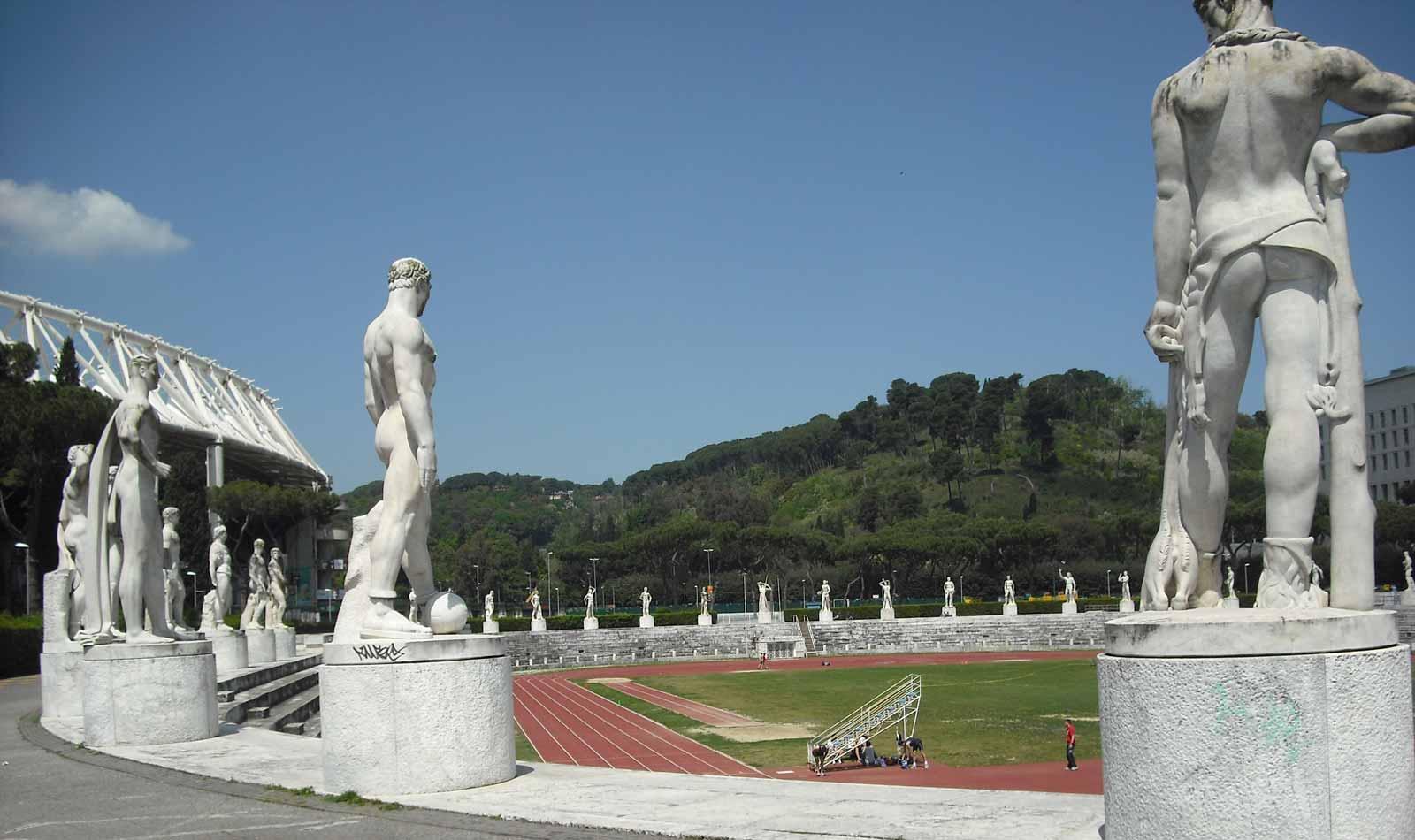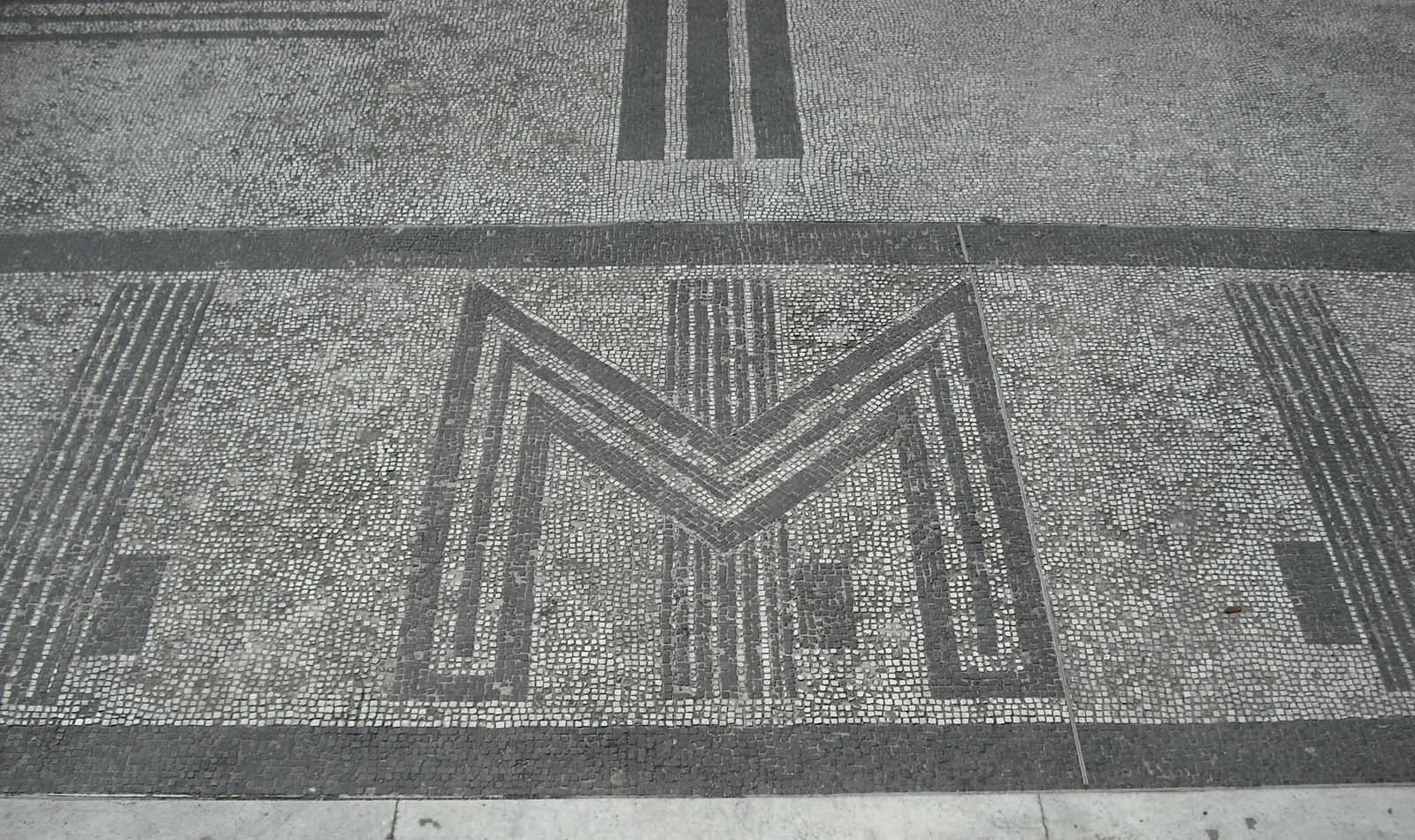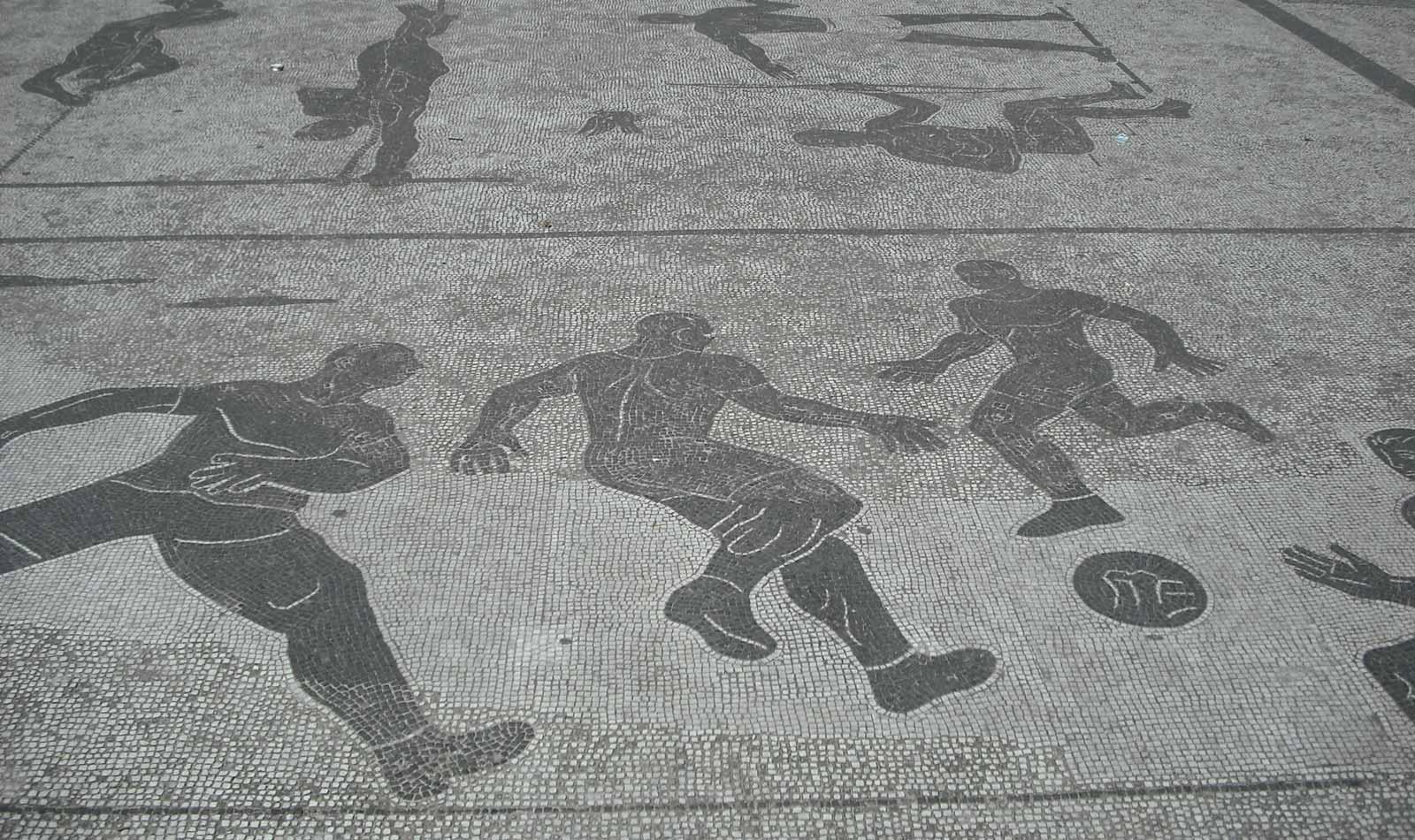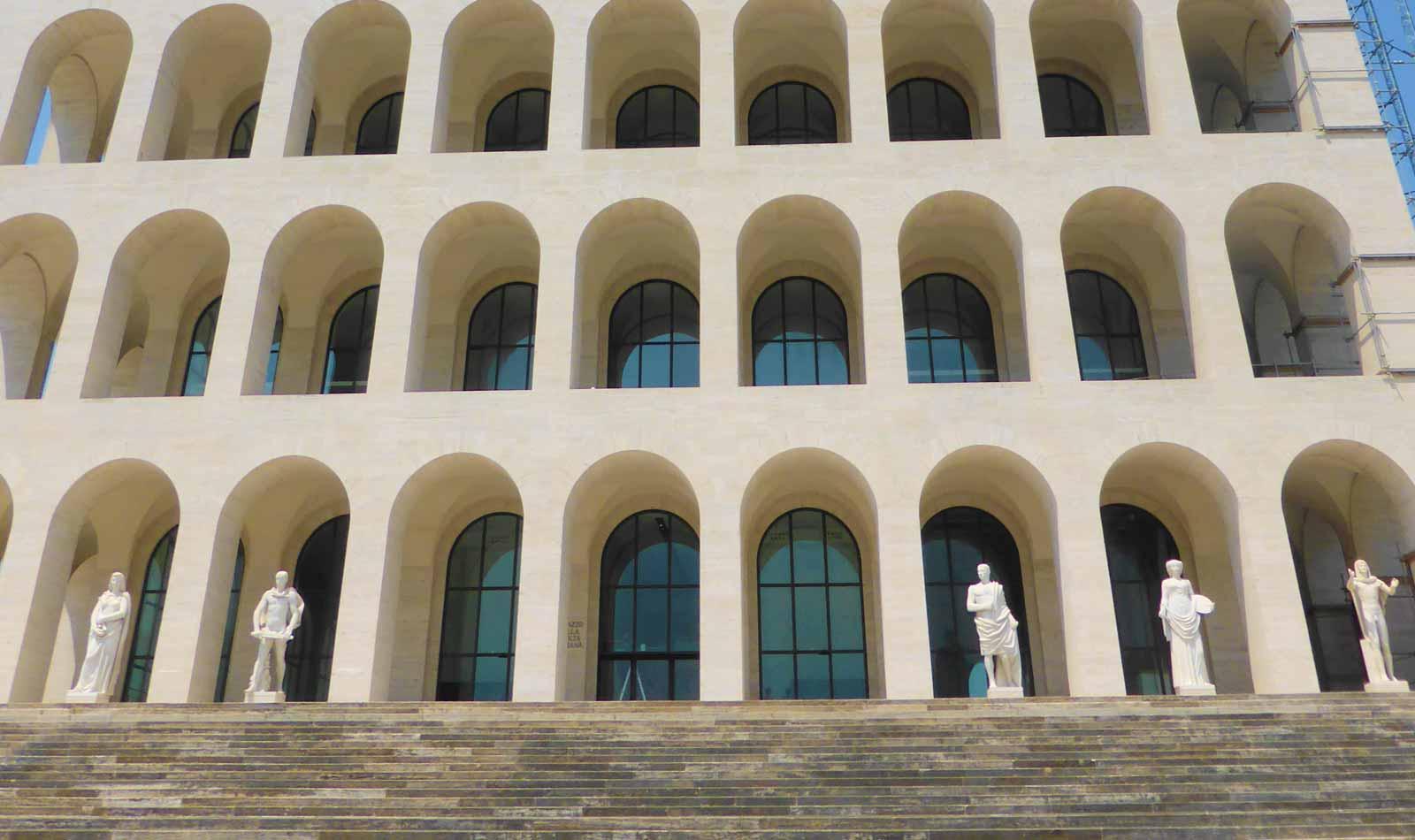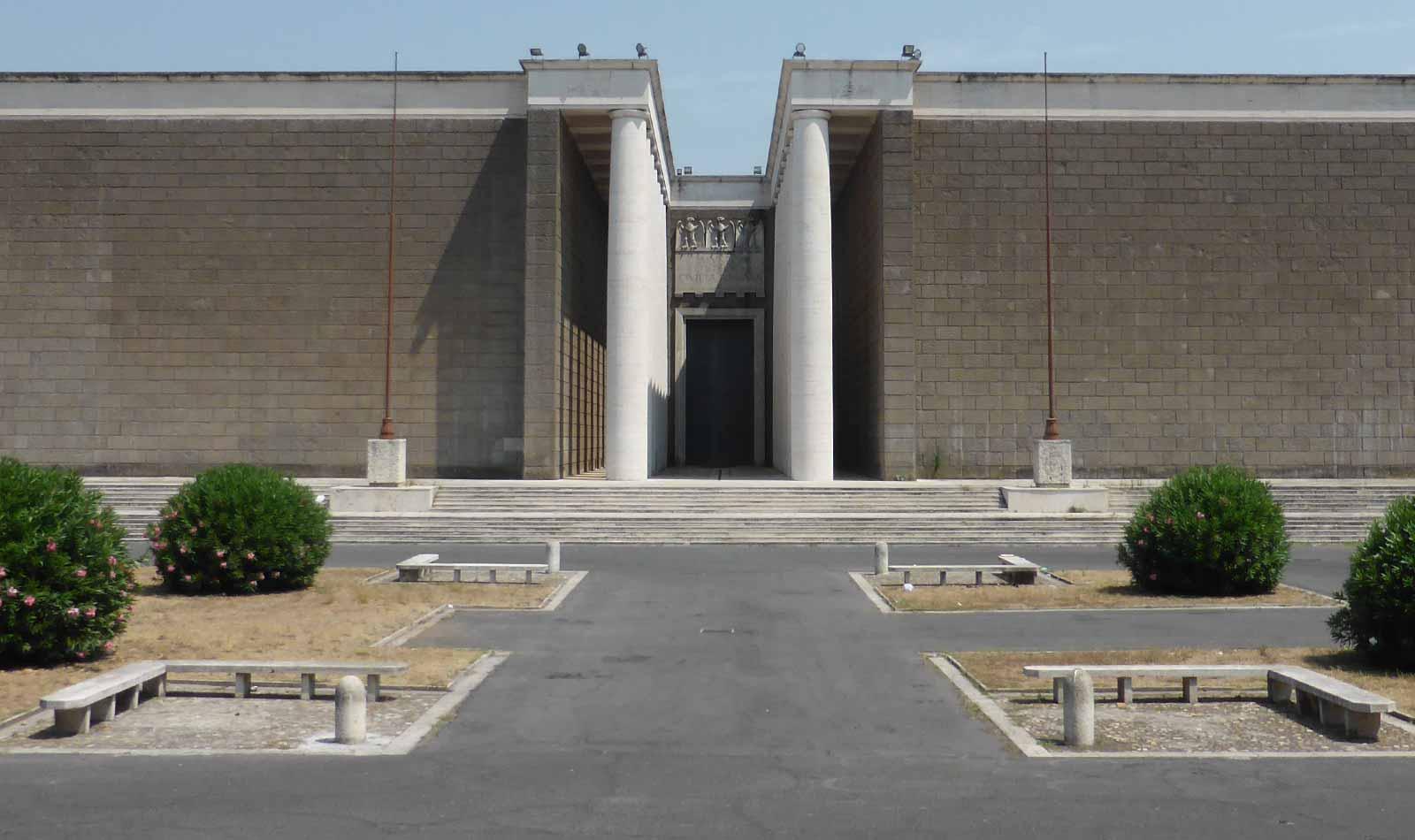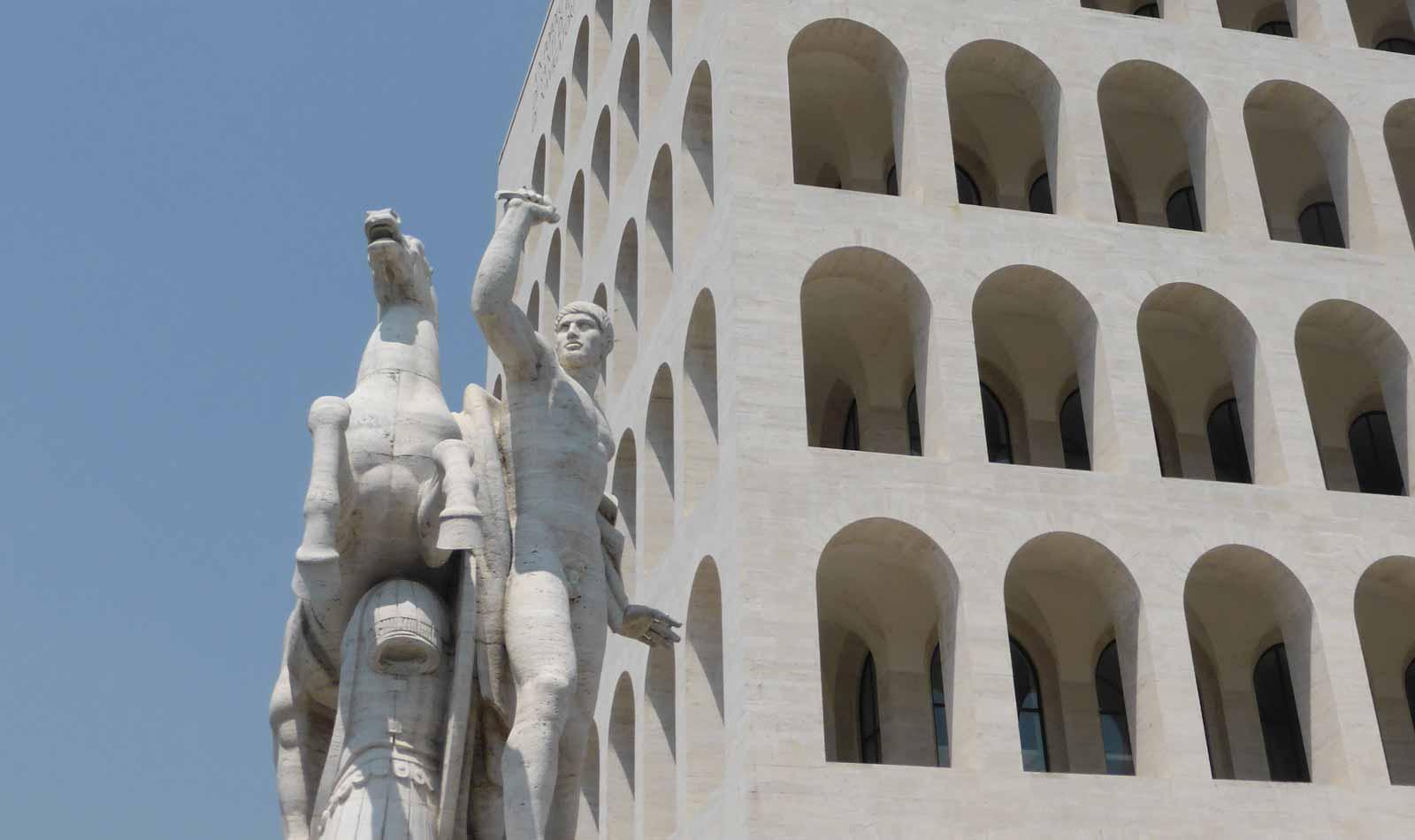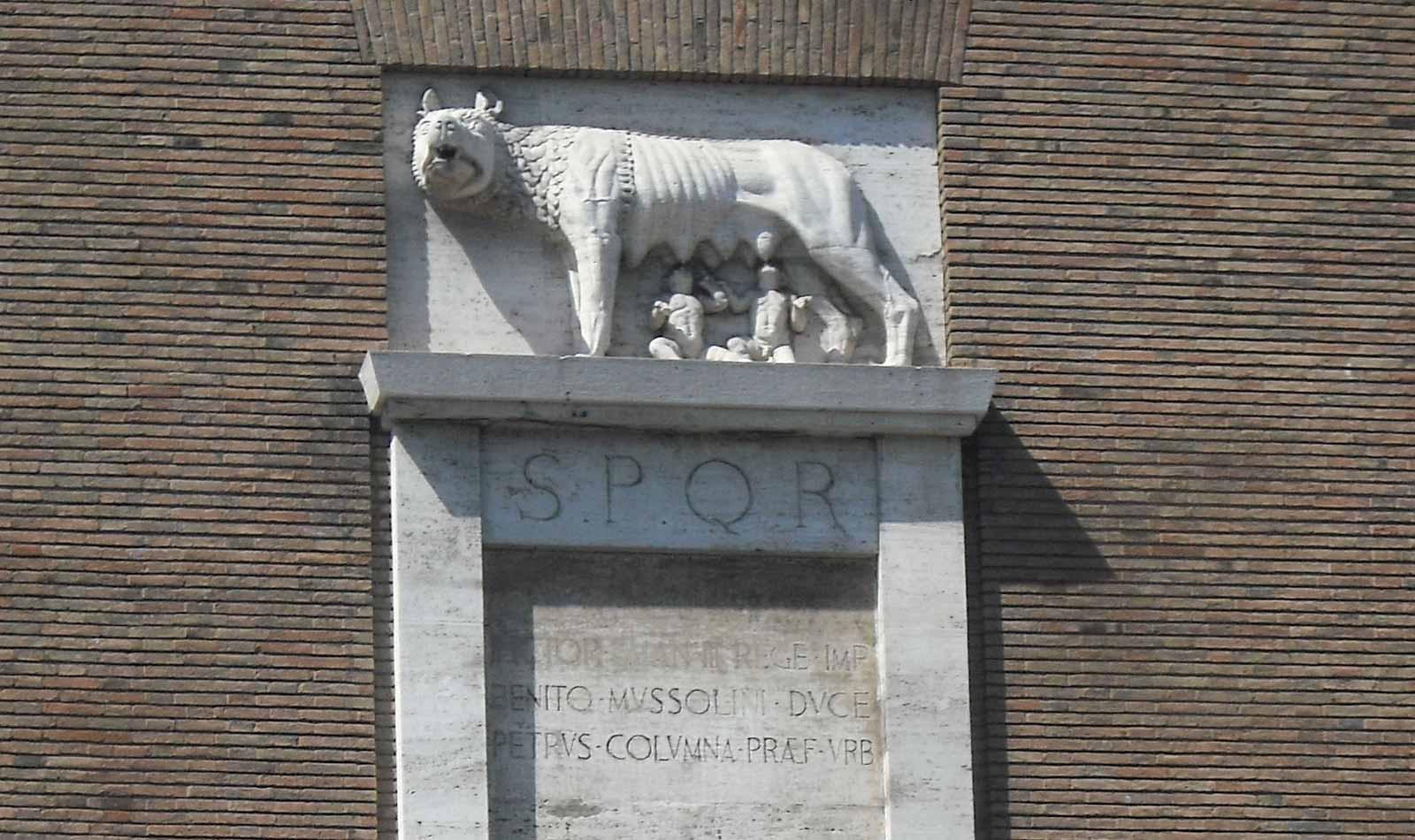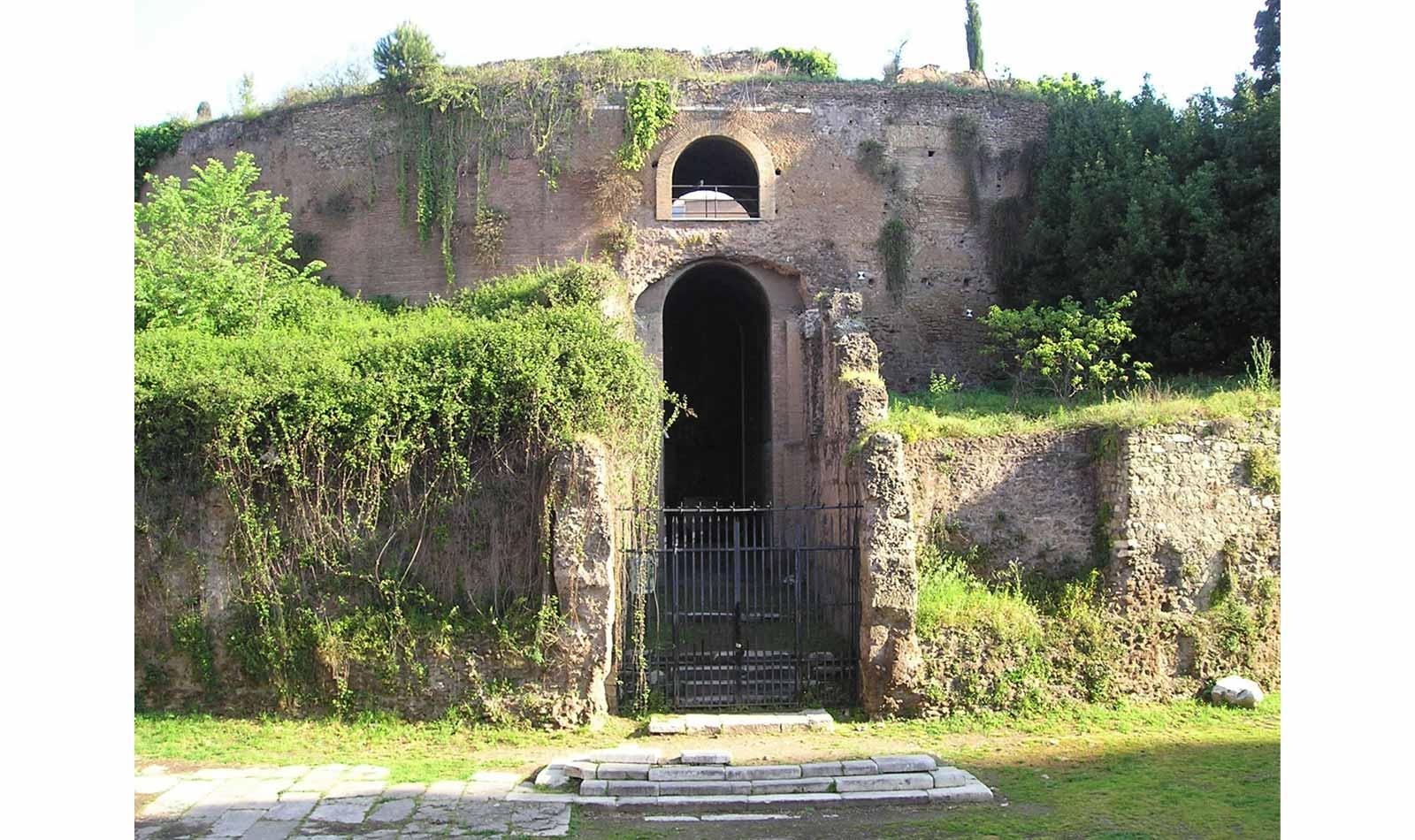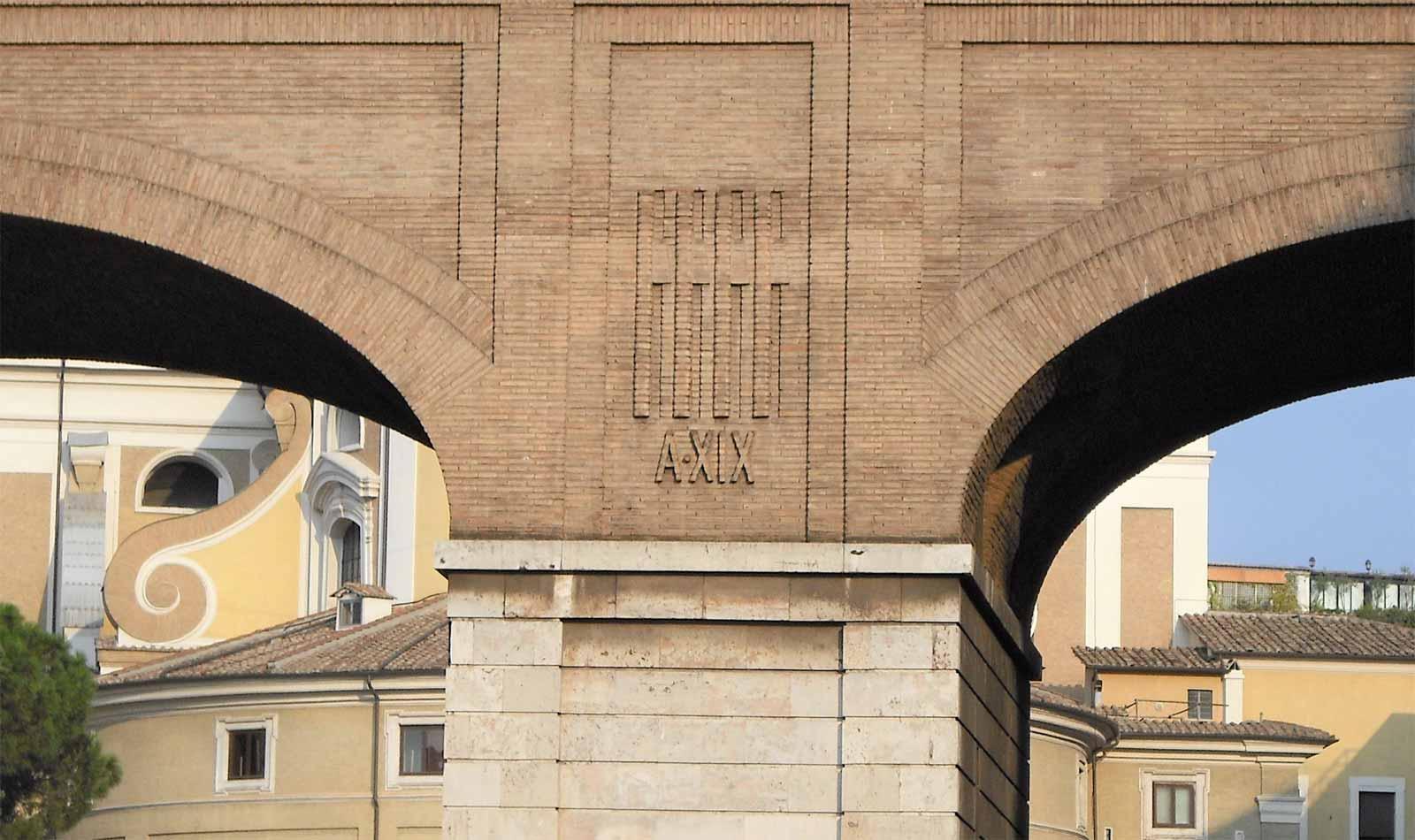Between 1922 and 1943, Italy was ruled by the Fascist government of Benito Mussolini. Central to the regime’s ideology and imagery was the ancient Roman Empire, to which it looked for inspiration and legitimacy. During this time, the city of Rome underwent a dramatic transformation, with the regime imposing its view of antiquity on archaeological remains and new construction projects alike. The legacy of this period is everywhere today and shapes the appearance of the modern city, though it often goes unnoticed.
Many of the familiar monuments of ancient Rome were only partially visible 150 years ago. The structures were either still buried in meters of debris or had been absorbed into the medieval structures of the city, with temples remodeled as churches, theaters turned into fortifications, and colonnades taken over for housing. Much of this was reversed after Rome became the capital of a newly unified Italy in 1870. This new era was marked by immense efforts to uncover, study, and display the remains of ancient Rome. The result was that monuments were excavated and deliberately isolated from the fabric of the living city, like archaeological islands.




